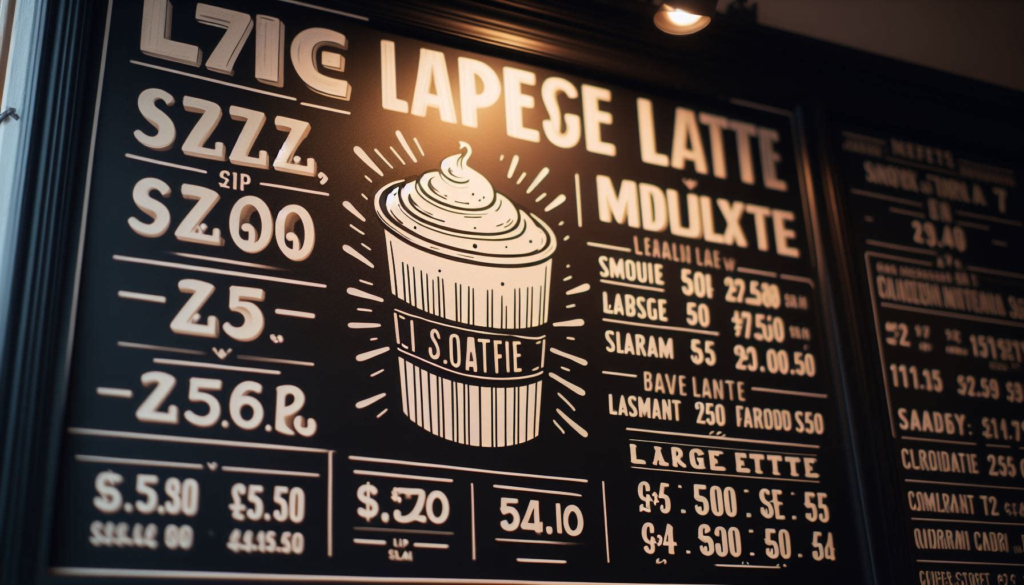
Have you ever found yourself inexplicably drawn to a particular option while browsing a menu or a store shelf? You might be experiencing the decoy effect, a clever marketing strategy that subtly nudges your decision-making process.
This blog post will delve into the fascinating world of the decoy effect, exploring its mechanics, real-life examples, and its implications for both consumers and businesses.
What is the Decoy Effect?
The decoy effect, also known as the asymmetric dominance effect, is a phenomenon in behavioral economics where the introduction of a third, inferior option (the decoy) influences how consumers perceive the original two choices. The decoy itself isn’t designed to be the most appealing option; instead, it serves to highlight the advantages of a specific target option the marketer wants to promote.
Here’s how it works: Imagine you’re considering buying a new phone. You’re initially torn between two models: Model A with a high-resolution camera but a smaller storage capacity and Model B with a larger storage capacity but a lower-quality camera. Both seem like decent choices, leaving you undecided.
Now, enter the decoy – Model C. It boasts an even smaller storage capacity than Model A and a camera quality that falls short of both A and B. Suddenly, the choice becomes clearer. Model B, with its larger storage, seems like the more attractive option compared to the limitations of Model C. This shift in preference towards Model B is the result of the decoy effect.
The Psychology Behind the Decoy
So, what’s happening in our minds when the decoy effect takes hold? There are two primary psychological mechanisms at play:
- Attraction Effect: The decoy serves as a reference point, making the target option appear more appealing in comparison. By highlighting the drawbacks of the decoy, the target option’s strengths become more pronounced.
- Dominance by Similarity: We tend to simplify complex decisions by focusing on similarities between options. The decoy, while inferior overall, might share some features with one of the original options. This similarity makes the target option stand out as the superior choice in those specific aspects.
These combined effects create a perception shift, making the target option seem more valuable relative to the initial set of choices.
Examples of the Decoy Effect in Action
The decoy effect is a widely used tactic across various industries. Here are some real-world examples:
- Movie Theater Snacks: Have you ever noticed the seemingly outrageous price of the large popcorn at the movie theater? It’s not a coincidence. The large size often acts as a decoy, making the medium size appear like a better deal in comparison.
- Subscription Services: Many subscription services offer tiered plans – basic, premium, and premium plus. The premium plan might be the target option, with the basic plan lacking key features and the premium plus offering features most users wouldn’t necessarily need. The decoy (premium plus) makes the premium plan seem like a more balanced choice.
- Car Dealerships: Car dealerships often present multiple trim levels for a particular model. A mid-range trim with a few missing features compared to the top model might nudge you towards the top-tier option, which suddenly seems to offer more value for a slightly higher price.
These are just a few examples, and the decoy effect can be found in various settings, from clothing stores to insurance plans.
Implications for Consumers
As consumers, being aware of the decoy effect can empower us to make more informed choices. Here are some tips:
- Identify the Decoy: Take a step back and analyze the options presented. Is there an option that seems oddly positioned in terms of features or price? It might be the decoy.
- Consider Your Needs: Don’t be swayed by the decoy effect. Focus on your specific needs and wants. Which option truly aligns with your priorities?
- Compare Independently: Research options outside the presented set. Don’t limit yourself to the choices offered; there might be a better fit elsewhere.
By being mindful of this tactic, you can avoid falling prey to the subtle influence of the decoy and make purchase decisions that are truly in your best interest.
Implications for Businesses
For businesses, understanding the decoy effect can be a valuable tool in crafting effective marketing strategies. Here’s how:
- Strategic Decoy Placement: Carefully consider how to introduce a decoy option. It should be clearly inferior to the target option in some aspects but offer a slight advantage over the other original choice.
- Targeted Marketing: Tailor the decoy effect to specific customer segments. Understanding your target audience’s needs will help you design a decoy that effectively nudges them towards the desired option.
- Ethical Considerations: While the decoy effect can be a powerful tool, it
- should be used with caution. Transparency and building trust with customers are crucial for long-term success. Here’s how to navigate the ethical considerations:
- Avoid Deception: The decoy should be a legitimate option, even if inferior. Don’t create fake features or inflate prices to make the decoy unattractive.
- Focus on Value: The overall goal should be to highlight the value proposition of your target option. Let the features and benefits speak for themselves, rather than relying solely on manipulating comparisons.
- Customer Centricity: Ultimately, the decoy effect should serve your customers’ needs. Don’t pressure them into a purchase they don’t truly require.
- By implementing the decoy effect ethically, businesses can create win-win situations, offering customers a clear value proposition while achieving their marketing goals.
- The decoy effect is a fascinating phenomenon that sheds light on the intricate workings of human decision-making. As consumers, understanding this tactic empowers us to make informed choices. For businesses, it presents a tool for crafting effective marketing strategies, but with the important caveat of ethical implementation. By fostering transparency and focusing on value, businesses can leverage the decoy effect to build trust and achieve sustainable success.
